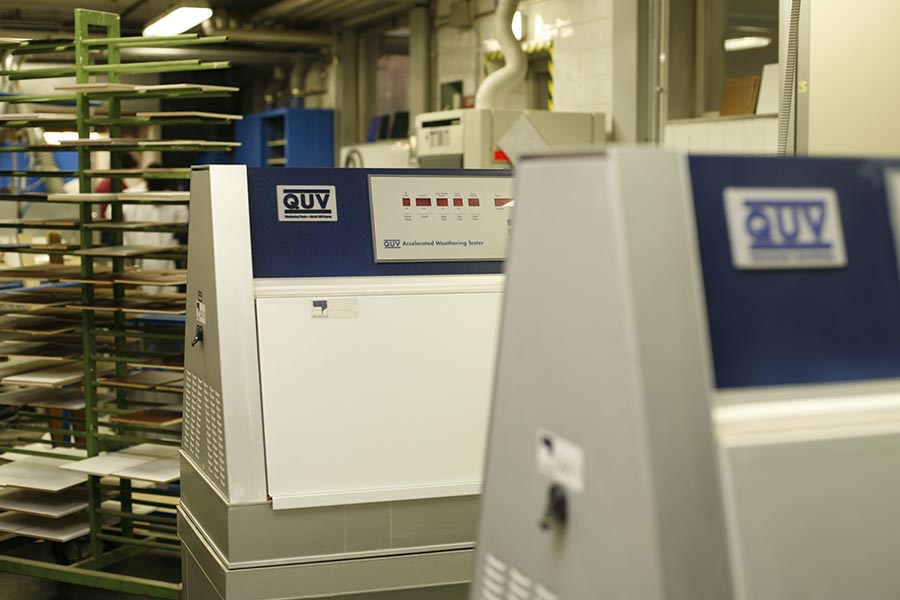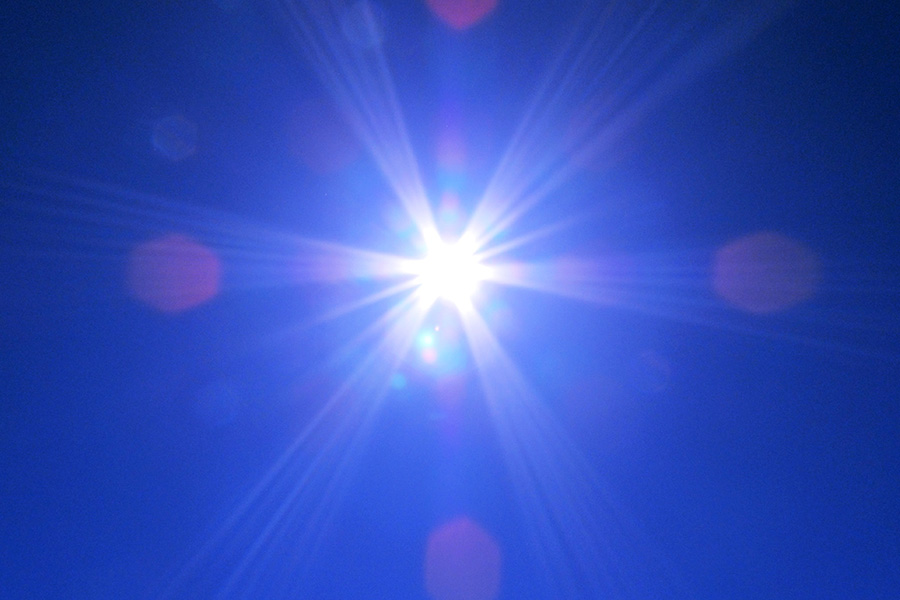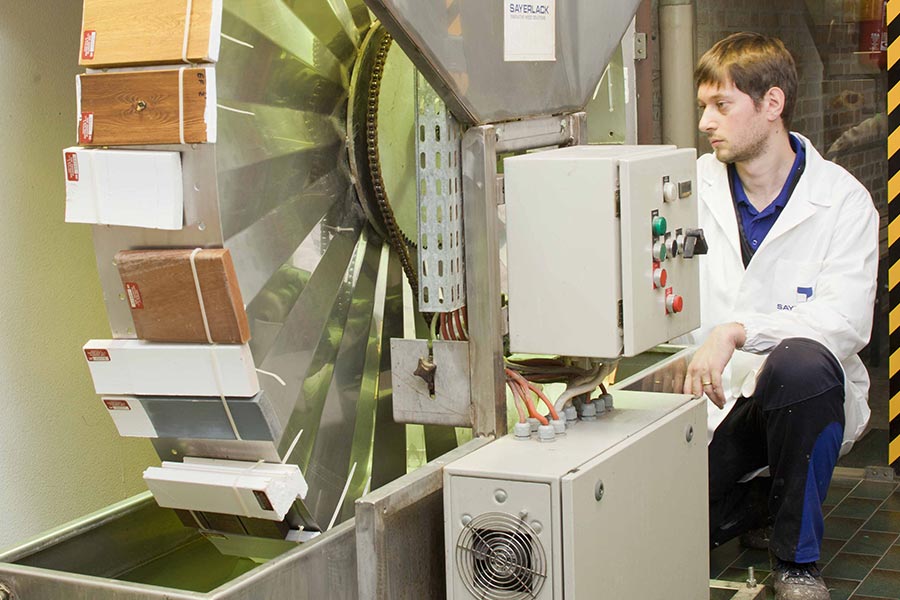The sun is a source of IR light that creates heat by means of radiation. Solar radiation has a wide spectrum of wavelengths distributed in the so-called visible spectrum, both in the UV (Ultraviolet) zone with a higher level of energy and lower wavelengths and in the NIR (Near-infrared) and IR (Infrared) zone with a lower energy level and higher wavelengths. The last two are also responsible for the increase in temperature of anything that is exposed to sunlight. The increase in the temperature of objects exposed to sunlight is due to both their capacity to reflect light and thereby absorb more or less energy and their capacity to release heat into the environment (known as conductivity). Heat Build-Up (HBU) is a measurement of how far an object’s temperature increases when it is exposed to the sun. HBU is not affected only by the intrinsic characteristics of an object, but also by its environment, especially by the environment’s temperature and ventilation. When we look at a pigment or a pigmented coating, its reflectivity in the visible part of the spectrum is special because it is responsible for the way the colour is perceived by the human eye. In general, a light coloured object reflects more than a dark colour, so the lighter the object the less energy it absorbs and consequently the lower its temperature increase when exposed to sunlight. Radiation in the IR and NIR zones does not affect the colour but the HBU and consequently the temperature. Coatings can be formulated with a lower HBU by using pigments that have the same capacity to reflect (reflectivity) in the visible zone, and a higher level of reflectivity in the NIR/IR zones. This means choosing IR-reflective pigments. On the basis of this concept Sayerlack has developed the XA3000/XX series of pigmented pastes with IR-reflective pigments. These pastes have been formulated for all outdoor applications: cladding, decking, joinery, roofs, etc.
The aim is to protect both the paint film and the coated substrate. Wood and PVC, in fact, have a low capacity for releasing heat into the environment on account of their lower thermal conductivity and therefore their HBU is higher than other materials. Over time Heat Build-Up (HBU) caused by energy absorption is responsible for the deterioration of both the coating and the substrate. The XA3000/XX range consists of 4 waterborne single pigment pastes: XA3000/06 blue, XA3000/42 green, XA3000/69 orange and XA3000/72 black. The pigments used for these pastes are inorganic: this makes XA3000/XX pastes more resistant to light and weathering. These qualities have been confirmed by both QUV and Gardner wheel tests. If used together with standard XA2006/XX waterborne pastes any colour can be created with significantly reduced HBU.
Sayerlack XA3000/XX ir reflective pastes for exteriors: total protection





